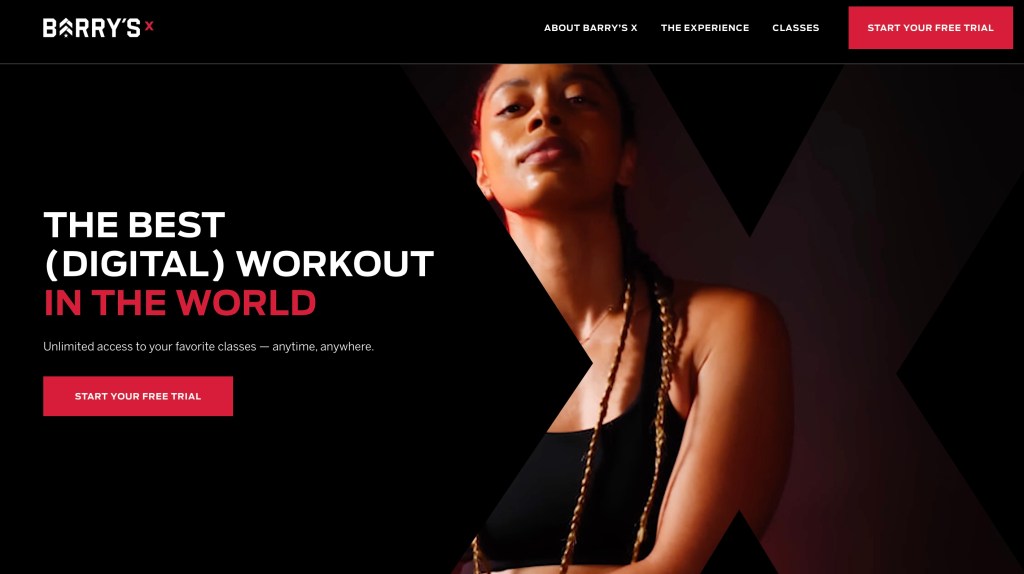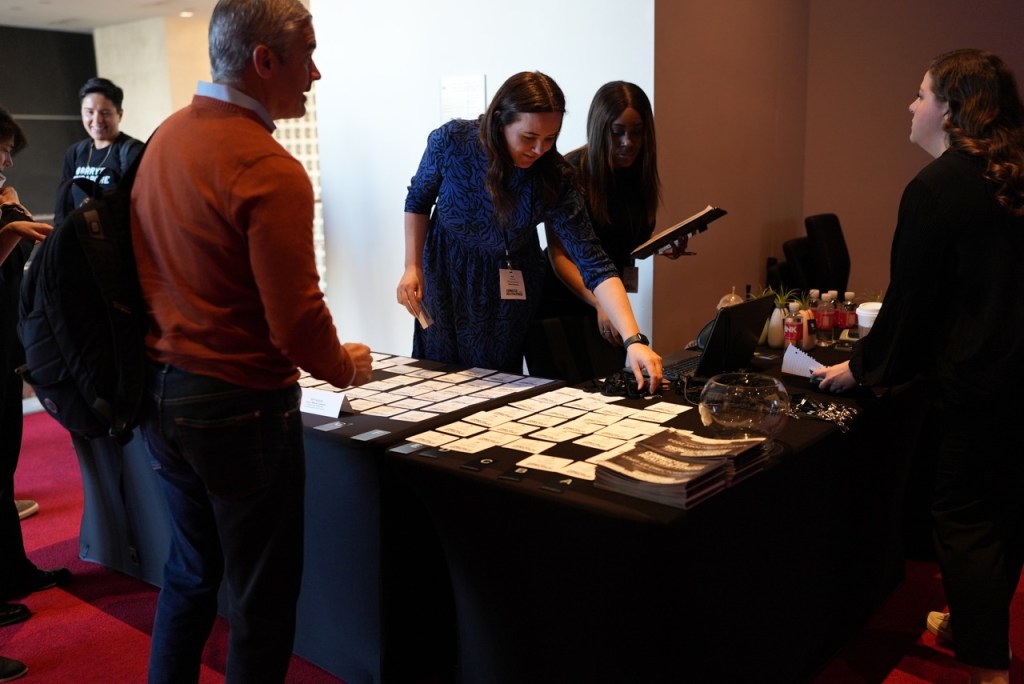Last week, I had the opportunity to listen and talk with 186 industry leaders at the 2022 Connected Health and Fitness Summit in Los Angeles. The topics ranged from exciting new AI tech to fitness in the metaverse and how gyms evolve member experiences. Though there was one singular question underlying it all:
What will fitness look like in a post-pandemic world?
While there were almost as many ideas about the future of what fitness will look like as there were people in the room, there were a few noticeable trends.
Personalization through AI
One of the most common topics was how companies are beginning to focus on delivering more personalized experiences through improved AI tech. One of the most impressive displays of this came from Asensei, a company that has created smart workout clothing tech that can analyze, access, and help make improvements to your movement.
Asensei
While I talked with Asensei’s CEO, Steven Webster, about the soon-to-be-released smart apparel partnership with Virus, I understood the potential of how this (alongside the company’s camera analysis tech) can be used, which was most impressive.
Think about clothing that’s able to effectively learn an individual’s movement abilities and provide meaningful feedback in real-time (‘meaningful’ being a large part currently missing from most platforms), AI from cameras helping coaches more effectively direct their attention while teaching large groups both in-person and online. The possibilities with this upcoming tech are endless.
Kemtai
Kemtai also showed off its ‘Computer Vision’ AI tech which allows you to use your computer to access and improve your movement patterns. While I have tested out Kemtai before, I wasn’t familiar with the company’s work with physical therapists to help solve one of their biggest problems: people doing a routine at home.

Without guidance, most of us do not know if we are doing the physical therapy routine correctly, and without the ability to notice our own progress we sometimes lack the motivation to continue.
Kemtai not only is helping physical therapists deliver better guidance to their clients at home but also allows for what may be most important: accountability. I for one would be much more likely to follow my physical therapist’s guidance if they could tell whether or not I was actually doing it (and followed up with me when I was slacking).
Many others
While impressive, Asensi and Kemtai were only two of dozens of possibilities shown off for better personalization through AI. Microsoft, Sweatworks, Muse, and many others shared how improved AI tech is changing the way we can approach fitness and health to improve people’s lives.
The future of gyms
Another big topic was how fitness and fitness studios will be evolving after nearly 30% closed during the pandemic. Among popular fitness studios like Barry’s Bootcamp, Club Pilates, Cyclebar, Row House, and others, the term ‘Omnichannel’ seemed to be the main focus.
The idea of becoming an Omnichannel fitness provider is being able to provide members with the flexibility to create the experience they want. This is similar to how many employees are now preferring a ‘hybrid’ work schedule with a mix at at-home and in-office days. The data shows many people also prefer a hybrid approach when it comes to fitness.

So many gyms and future studios are experimenting with ways to create programs that deliver the flexibility to meet you where you want to be. In the future, a gym program may soon look something like this:
- Sign up online and proceed to take an at-home welcome program to teach the basics. During the welcome program your movement is analyzed and you are given an optional personalized program to help you start before you even set foot in a class.
- When you show up to a scheduled class, the coach is made aware of any limitations or struggles you are having. This will allow them to more effectively help you within a large group class.
- After the class, your results are analyzed, and you are given the option to take more personalized workouts at home before you come back another day.
Another topic that seemed to be brought up a lot was the future of fitness in the metaverse. VR fitness is certain to gain in popularity as headsets become as easy to wear as glasses, and the potential experiences feel more realistic and exciting.
While large-scale adoption is still a long way off, it seemed like no one here wants to be left behind when it does. Les Mills and Liteboxer, which have both recently released new VR programs, were both in attendance, and I would not be shocked if many follow their footsteps within the next few years.
Final takeaways
The 2022 Connected Health and Fitness Summit was a unique experience in many ways. Not only was this was the first maskless conference for many in attendance in years, but it took place in the middle of another huge shift for the fitness industry, and the conflict in Ukraine was on everybody’s minds.

The CEOs and founders of these companies seem eager to find some solid ground in order to have a better understanding what fitness will look like in a post-pandemic world. While everyone seems confident that this future will include more personalized omnichannel experiences, improved AI tech, and integration into the Metaverse… there is still an uneasy feeling that comes from uncertainty.
But with that uneasiness, there is also a sense of inspiration here. A silver lining of a pandemic is that we are all becoming more aware of how important our fitness and health are. So while no one knows exactly what the future of fitness looks like, everyone seems determined to build it; to change the trajectory of our nations’ decreasing health and fitness; to make fitness experiences that actually matter.
To connect us all through connected fitness.
Subscribe on YouTube for more Connected Fitness Tech News, Updates, Tips and Guides:








No comments:
Post a Comment